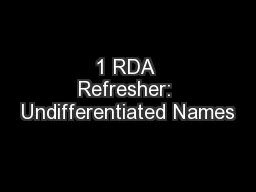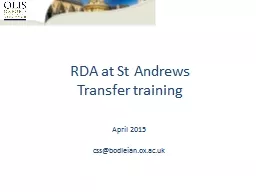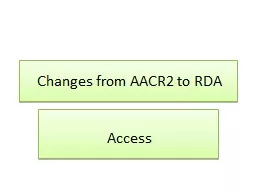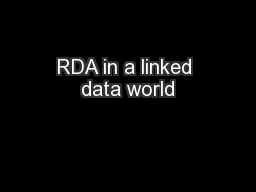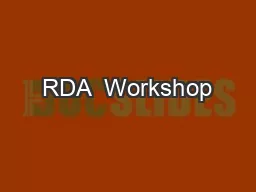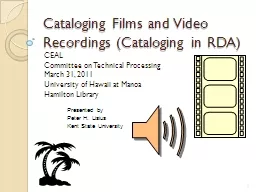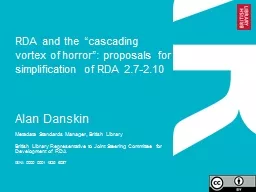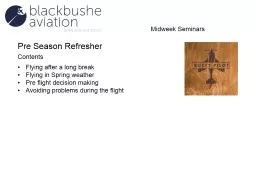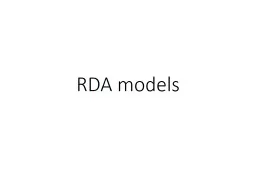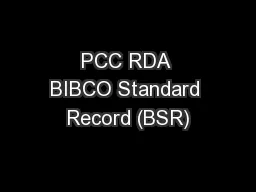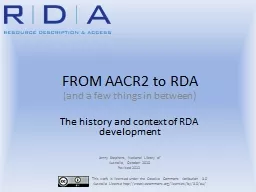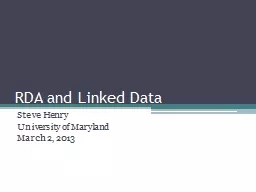PPT-1 RDA Refresher: Undifferentiated Names
Author : luanne-stotts | Published Date : 2018-10-08
Prepared by Ana Lupe Crist á n Policy and Standards Division and Tim Carlton Cooperative amp Instructional Programs Division March 2015 2 Topics to be Discussed
Presentation Embed Code
Download Presentation
Download Presentation The PPT/PDF document "1 RDA Refresher: Undifferentiated Names" is the property of its rightful owner. Permission is granted to download and print the materials on this website for personal, non-commercial use only, and to display it on your personal computer provided you do not modify the materials and that you retain all copyright notices contained in the materials. By downloading content from our website, you accept the terms of this agreement.
1 RDA Refresher: Undifferentiated Names: Transcript
Download Rules Of Document
"1 RDA Refresher: Undifferentiated Names"The content belongs to its owner. You may download and print it for personal use, without modification, and keep all copyright notices. By downloading, you agree to these terms.
Related Documents

